Our interiors therapy expert reveals the decor pieces making you feel burnt out
How many do you have?
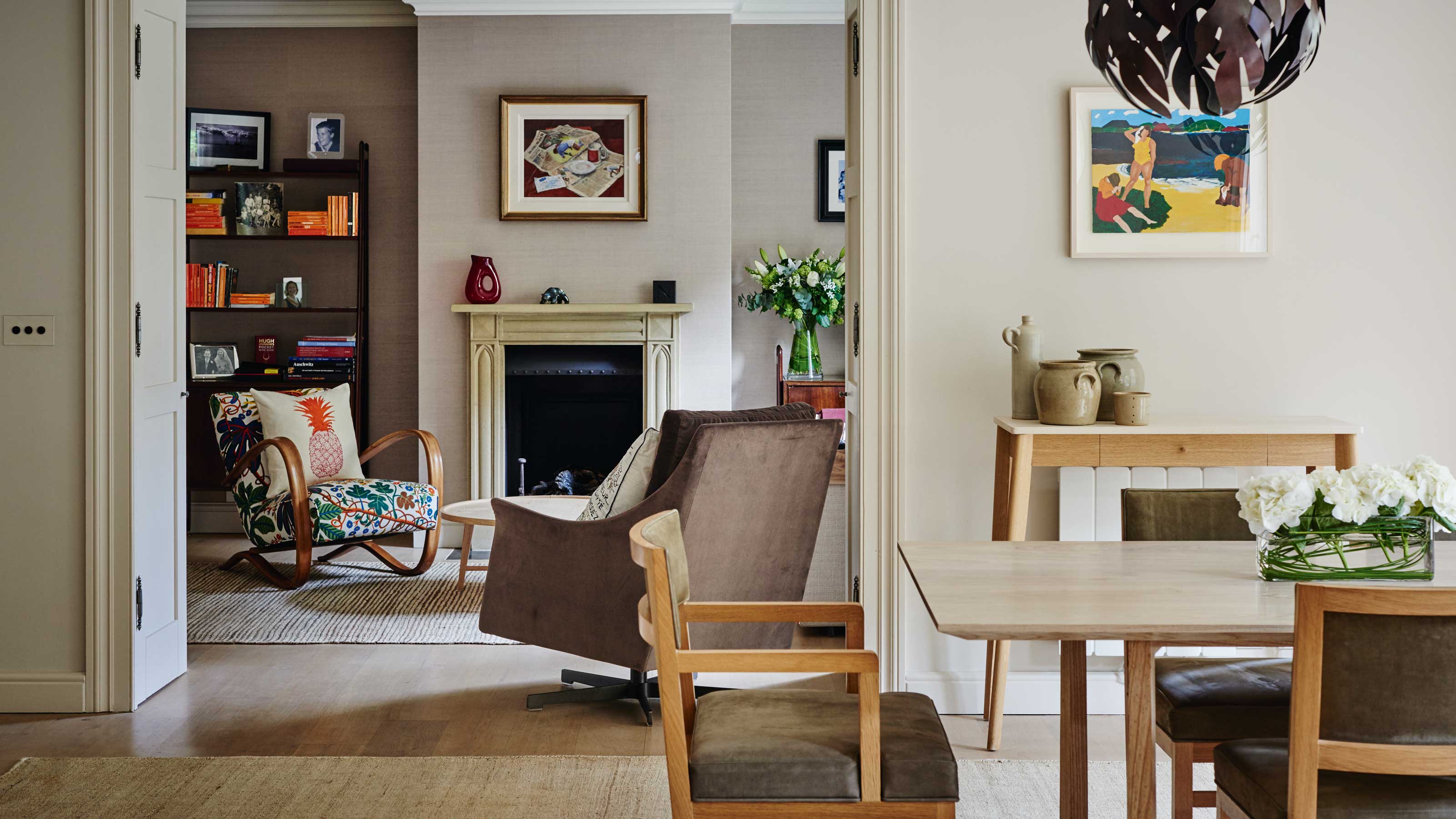
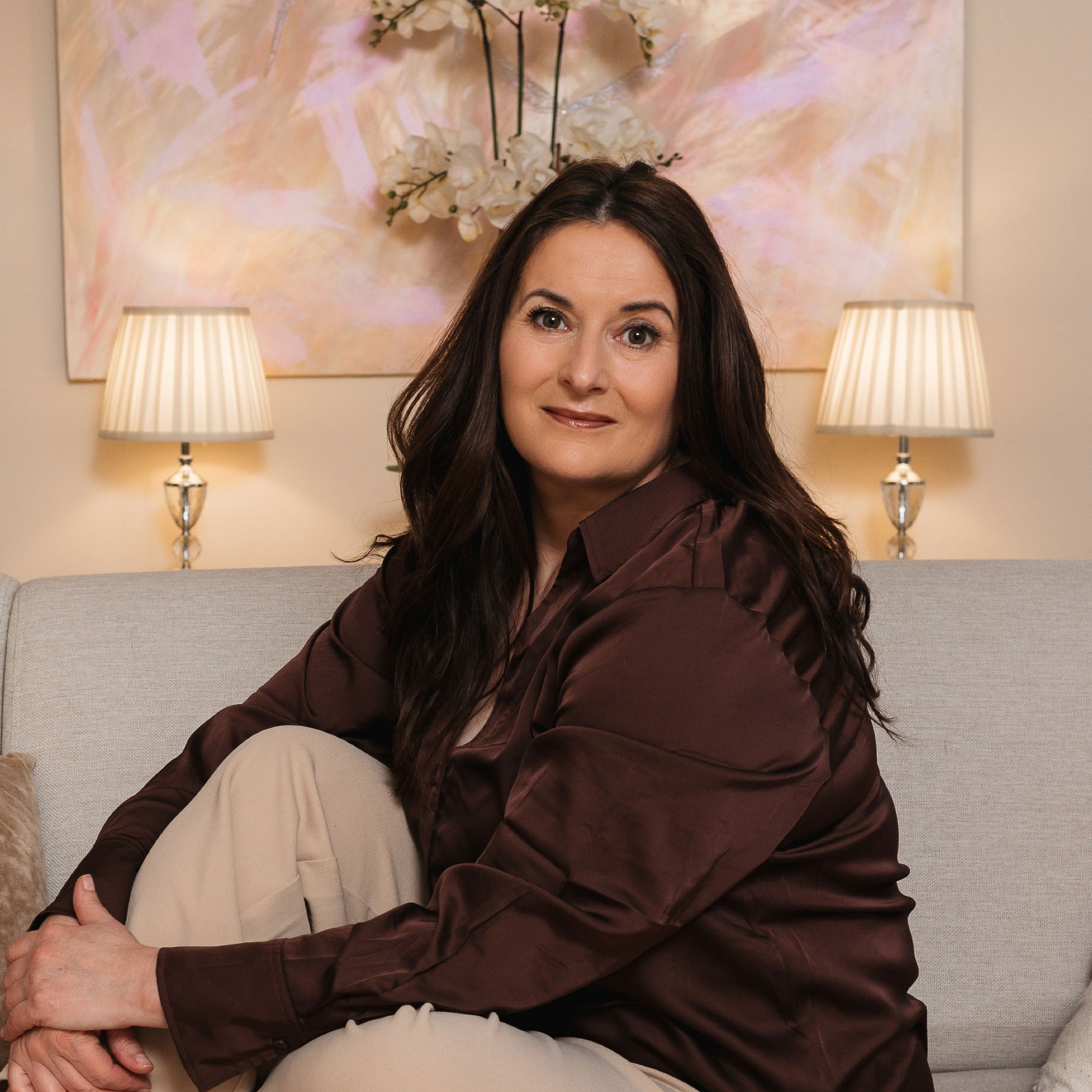
Here we are in September already, and the 'back to school' feeling is in the air. My question to you is, when you stepped in through your front door after your holiday, did it feel so good to be home? Or did your heart sink?
Sharing my expertise as H&G’s Feng Shui and Interiors Therapy specialist, I’m very aware of the many ways in which a home can either support or compromise the physical and emotional fitness of its occupants, and the first indicator is always the way it feels to spend time at home.
People often come to Feng Shui and Interiors Therapy when they sense they are hanging on by a thread, perhaps because of personal circumstances, divorce, grief, or a move to a new home. By the time they seek intervention and a boost of Interiors Therapy, they are on the verge of burnout or beyond and have realized it’s make or break.
Decor pieces making you feel burnt out
Below, I have highlighted some of the home decor red flags I frequently see in homes so you can learn to spot them for yourself. Having this awareness puts you in a position of strength and you can make an informed decision on whether to take action.
For two women whose homes I’ve ‘visited’ this week during virtual consultations, one in London and the other in Yorkshire, their homes are telling their stories loud and clear. If they hadn’t already told me they were struggling with burnout, I would have been able to describe their individual situations just by ‘reading’ the signs around their homes. This knowledge meant I could inspire them to take immediate steps to improve their unique situations right there and then.
If you fear you may be at risk of burnout and you have exhausted the emotional resources to find a positive way forward, the following red flags might be present in your home.
1. Too much 'fire'
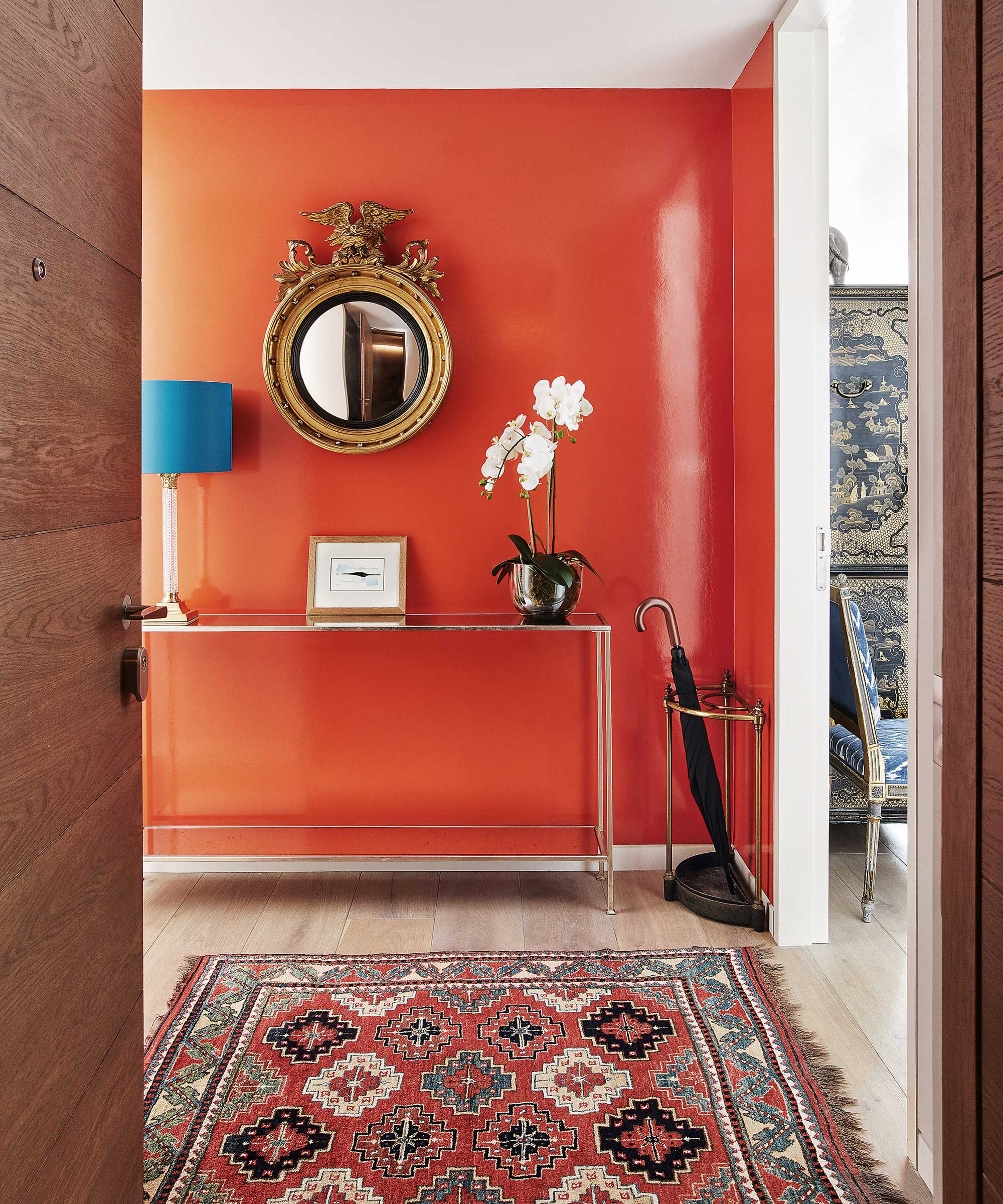
I’m not talking about a wealth of fireplaces or candles here. I’m referring to an abundance of colors that represent heat and fire. These are primarily red, orange, hot pinks, vibrant yellows, and pinky-purples. In Feng Shui, we use ‘fire remedy’ in areas of the home that need energetic stimulation. These areas can change year by year, so we discourage large areas of permanent strong color, such as painting a wall red, and suggesting soft furnishings, rugs, and art to activate the Feng Shui instead. These can be relocated as necessary when the energy requirement changes.
When these strongly stimulating colors are used in the ‘wrong places’ or to excess, they can cause anger, irritation, incendiary temper tantrums, and lead to complete exhaustion. Far from boosting activity, they incinerate the well-being of people who live with them, leaving them depleted and unable to think clearly.
The kitchen is an area with a lot of permanent fire energy because this is where we use heat to cook. If you’ve used hot colors for tile, accessories, or doors and you’re experiencing symptoms of exhaustion or stress, look for a way to tone them down. Sometimes just adding in some blue or earth shades can solve the problem.
In children's bedrooms, volcanic hues can trigger hyperactivity and sleep deprivation, so put brightly colored toys away and create a calmer space with neutral walls and drapes to support the night-time well-being of little ones.
2. Spiky plants
No one wants to get on the wrong side of a cactus, but these spiny, drought-loving plants can survive the most careless indoor gardener and are increasingly popular additions to homes. In Feng Shui we talk about ‘chi’ or lifeforce energy which, ideally, flows smoothly around the home bringing in positive vibes and good luck.
Unfortunately, houseplants with thorns like cactus, barbs like devil’s ivy, and those with leaves shaped like swords or knives (snake plant/yucca) or sharply pointed (aloe vera) cut into the chi as it flows around the home, slicing and dicing the energy so it’s no longer working effectively to support the family.
This can lead to cutting comments, prickly conversations, and an atmosphere that can be ‘cut like a knife’, none of which are conducive to living happily ever after. Add in feeling run-down due to the diminished life force energy, and it’s no surprise when burnout follows. Incidentally, if you use aloe vera for burns, great! Keep one plant in the kitchen and relocate others out of harm’s way.
Healthy houseplants always have a welcome place in a home (although in Feng Shui we avoid them in bedrooms). However, rather than the painfully jagged options, choose something with rounded or fleshy leaves. Indoor plants that are tactile and feel good to touch or stroke will be an asset to your space.
3. Angry or aggressive art
I always emphasize that art is subjective and there is no ‘one size fits all’ However, what I’ve noticed over the last 30 years or so is that people often gravitate to art which reinforces their state of mind. It can say a lot about the people who live in a home – probably more than they would care to admit.
I love decorating with art, but sometimes a creation that is breathtaking on the wall of a gallery or showroom becomes a disaster when displayed in the home. I describe abstracts that use a lot of aggressive strokes, strong, imposing colors and lots of black and red as ‘angry’, and various other subject matters would also fall into this category too; hunting scenes, battles, fights, guns, even a particularly fierce couple dancing tango might have a detrimental effect on the subconscious minds of the people who live with them.
Of course, I’m not advocating restricting your choice of art to cute animals and twee floral displays. Instead, I’d ask you to look at each piece of art and decor item in your home and ask yourself how it makes you feel. If you associate any negative feelings or experience an unpleasantly heated sensation when you focus your attention there, consider taking it down and putting it out of sight for a while to see whether things improve in its absence.
4. Beams
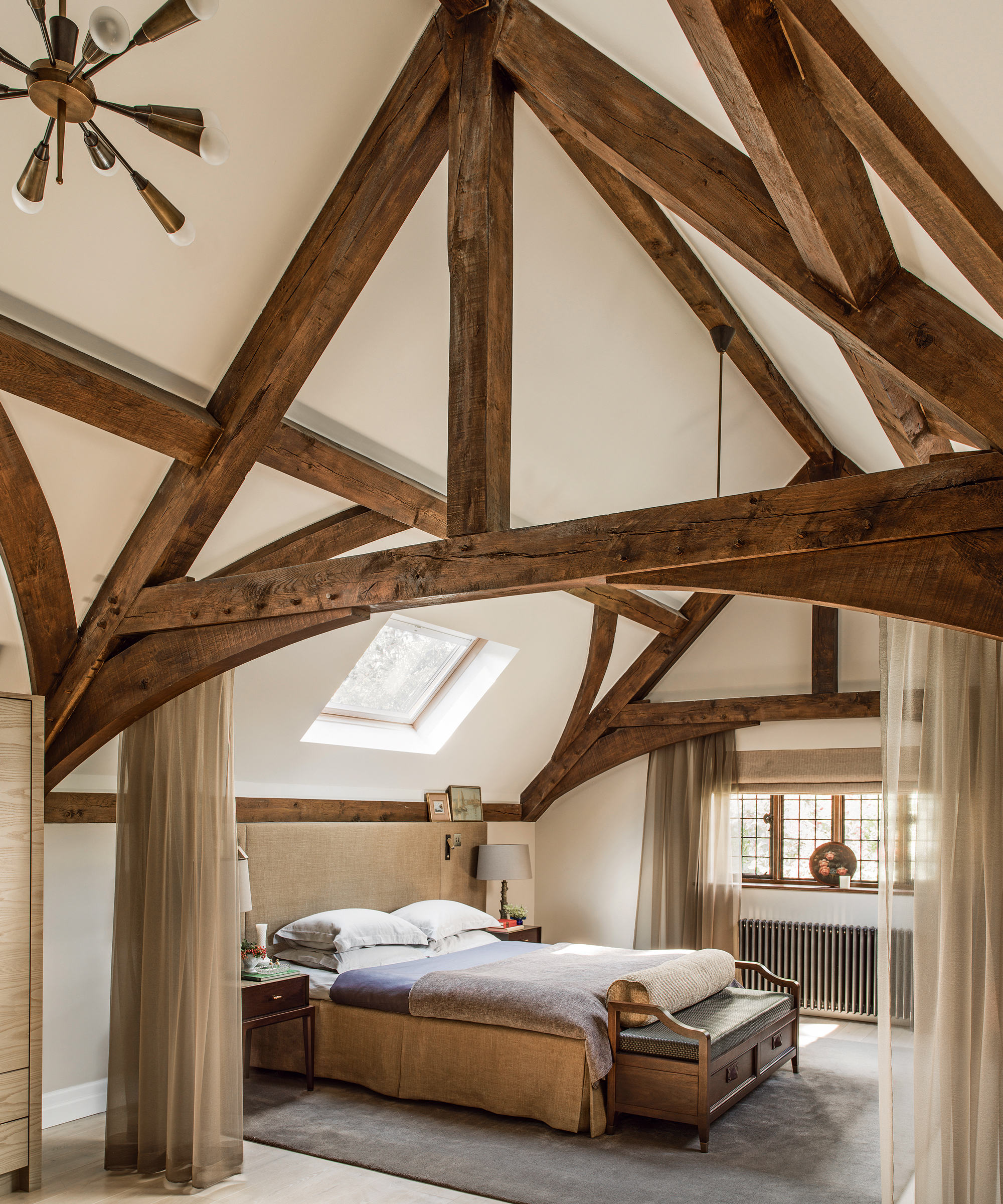
Structural overhead beams tend to be associated with cottages, industrial buildings, and barn conversion-type properties, all of which are highly sought after. Some renovation projects also incorporate decorative beams to break up a wide expanse of ceiling or because the developer feels they add ‘character’.
The drawback is that beams exert downward pressure on the parts of the body positioned beneath them for long periods of time. This would include while sleeping, watching TV, or sitting at a desk directly under a beam.
The immediately noticeable symptoms of downward force from beams include headaches, together with neck, back, and shoulder pain without an obvious contributory factor. Any long-term discomfort becomes a burden and adds to feeling below par. Fortunately, these problems can be resolved by moving the bed or chair out from under the beam.
If a beam crosses a bed horizontally the occupants potentially experience health problems that present in the area of the body the beam lies above. This might be the feet, knees, stomach, chest, or head. Initially sleeping under a beam can feel crushing, but after a few nights, the sensation of being unsettled in bed becomes normalized, resulting in insomnia and general malaise. A beam that runs lengthwise down the center of a bed may put distance between a couple, but if it is positioned head to toe above one sleeper and not the other, they might experience multiple health problems without ever getting to the root of the cause.
There are many examples online of ways to minimize the impact of beams. Some are immensely practical beamed ceiling ideas while others are more esoteric. The most important thing, if you can’t avoid sleeping or sitting under beams, is to find a solution you can live with happily and that adds to your feelings of well-being.
5. Pictures of the family on the fireplace
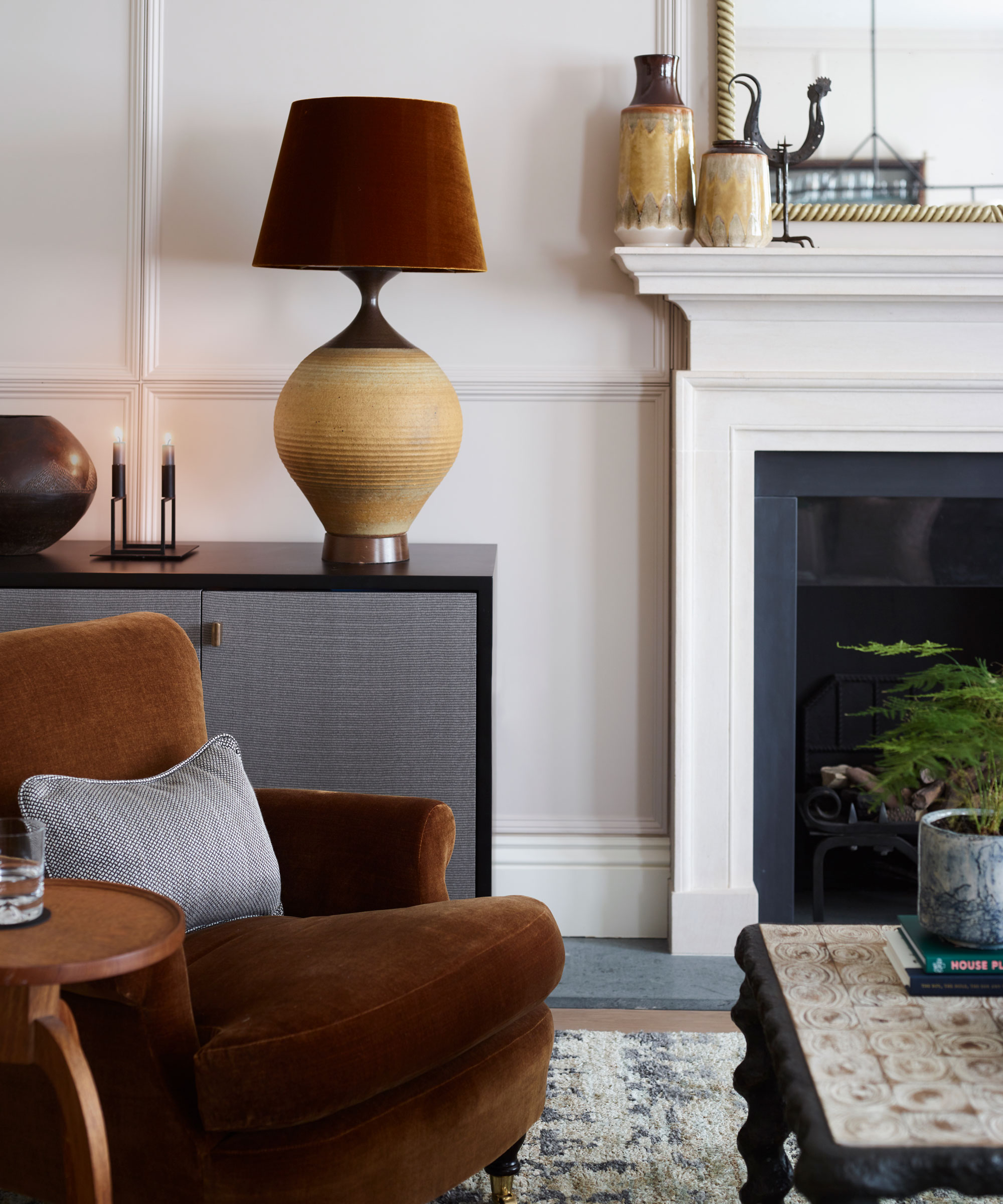
6. Representations of illness or death
In homes with a fireplace, it’s often the focal point of the room and, seemingly, the obvious place to put treasured photographs of loved ones. Please don’t!
Images on the mantle will be symbolically burned whenever you light a fire, whether it’s wood or a gas substitute. Once again this can lead to inflammatory conversations, stress, and burnout. As an alternative, identify the area of the room that sits in the East. This is the Feng Shui area focused on the family, which makes it the ideal spot to display your special photos.
This is definitely a touchy subject, and there’s no easy way to say this so I’m going to dive straight in. Keeping the ashes of a loved one or pets in your home is sure to bring you down emotionally because they emphasize the loss and absence of that special relationship. If everything else in your life is going well, this might not matter, but when you’re already stressed, it’s something to be aware of because ashes attract ‘dead’ or stagnant energy which blocks the flow of chi. As previously mentioned, if lifeforce energy cannot flow smoothly through a home, exhaustion and emotional fatigue will follow.
Anything that represents illness can have the same impact, so if you have been unwell, don’t keep visible reminders around you. And just circling briefly back to art, avoid any subject matter reflecting sadness, ruins, or heartbreak for the same reasons.
7. Leaking taps – say goodbye to money and energy
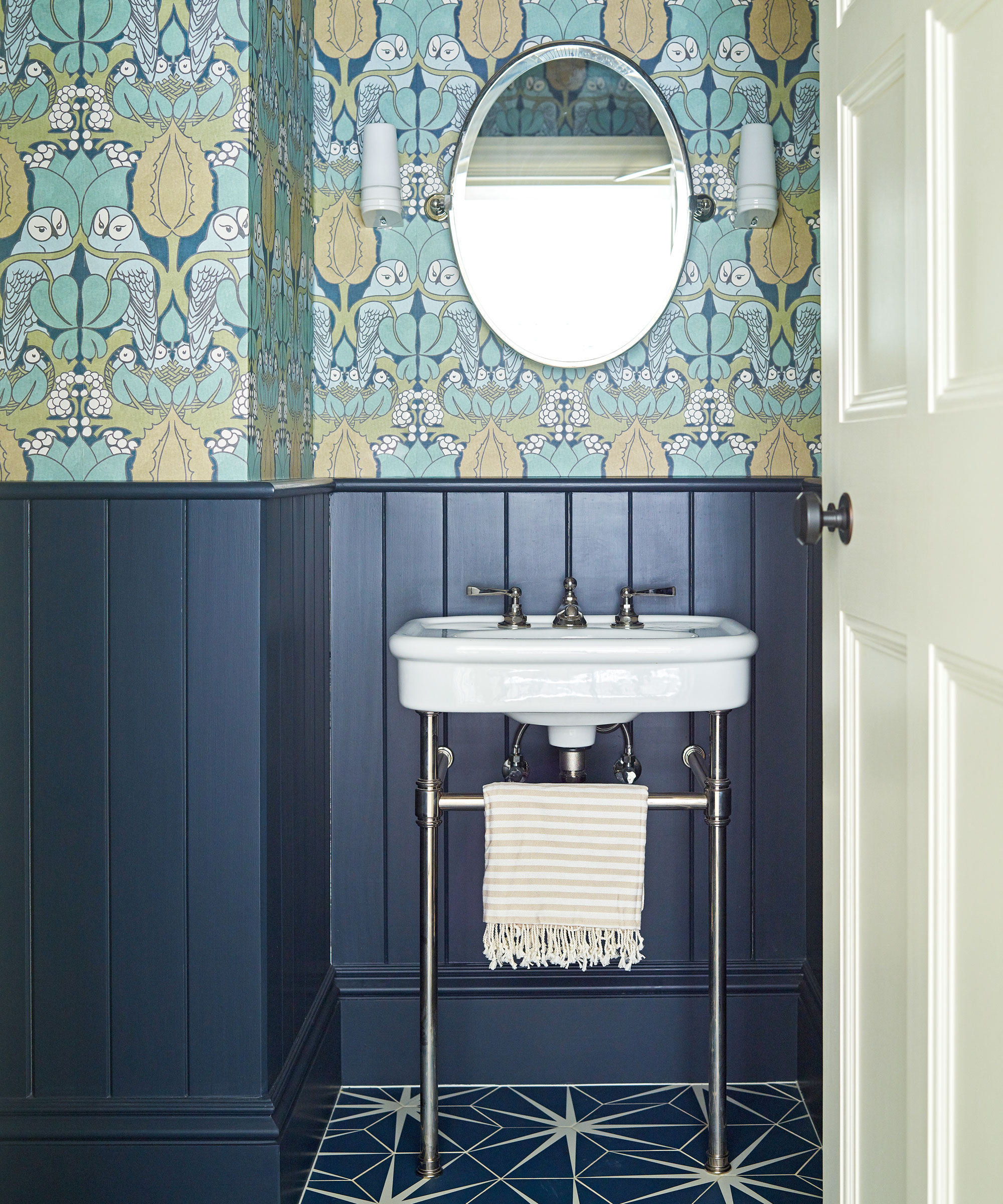
Anyone with a passing interest in Feng Shui will know dripping taps are associated with losing money, but that’s just the beginning. As water runs unnecessarily from your home, the valuable chi energy exits with it. Occupants are drained, listless, and disinterested, which all adds to the sense of overwhelm.
Each of these seven issues, whether practical or symbolic have shown up in the homes of people I have worked with over the years. If by sharing them here, even one person takes action and avoids being worn down to the point where one more knock would crush them, then that’s a positive outcome.
If any of the above are features in your home and things aren’t going well for you or someone you love, please take steps to resolve them. Sometimes doing the simplest things, at no expense or inconvenience, can transform the environment you live in so tangibly, that you’ll wonder why you waited so long!
Sign up to the Homes & Gardens newsletter
Design expertise in your inbox – from inspiring decorating ideas and beautiful celebrity homes to practical gardening advice and shopping round-ups.

Suzanne is an Interiors Therapist, Feng Shui consultant, and author of Welcome Home, how stuff makes or breaks your relationship. She specializes in understanding the energetic impact of homes and certain possessions may have on all aspects of life, health and relationships, and the ways in which ‘stuff’ can actively prevent people and families from thriving and enjoying the lifestyle they deserve.
-
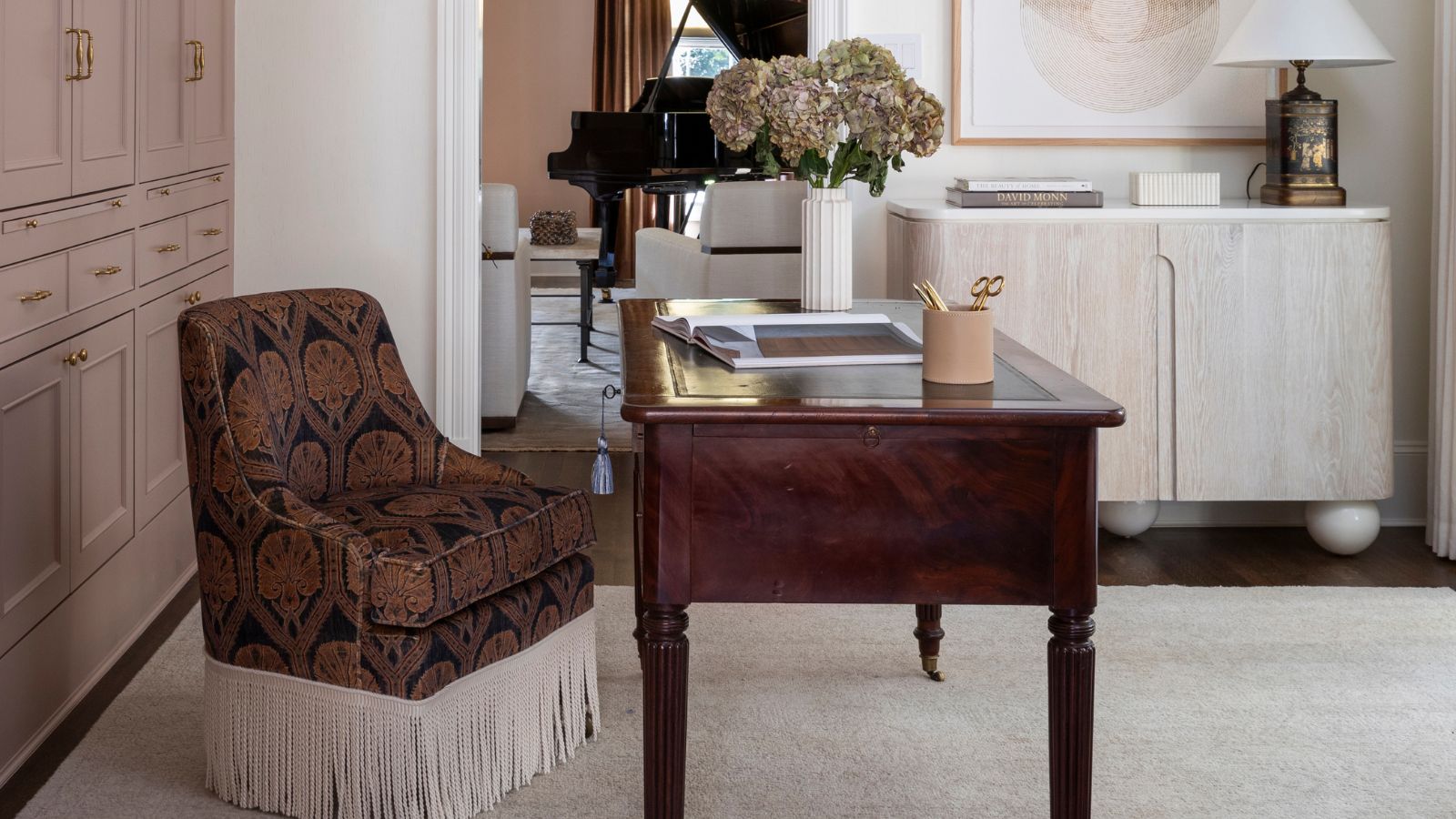 The rumours are true, the NYC trend for fringes and trimmings is actually happening – they are the secret weapon for making a room look expensive
The rumours are true, the NYC trend for fringes and trimmings is actually happening – they are the secret weapon for making a room look expensiveA trim or a ruffle is the finishing touch that can take a scheme from ordinary to the extraordinary in an instant
By Jennifer Ebert Published
-
 How to grow impatiens – garden experts reveal the secrets to growing this shade-tolerant, sparkling summer plant
How to grow impatiens – garden experts reveal the secrets to growing this shade-tolerant, sparkling summer plantBoth 'Busy Lizzie' and 'New Guinea' impatiens can thrive in shady yards
By Ellen Wells Published